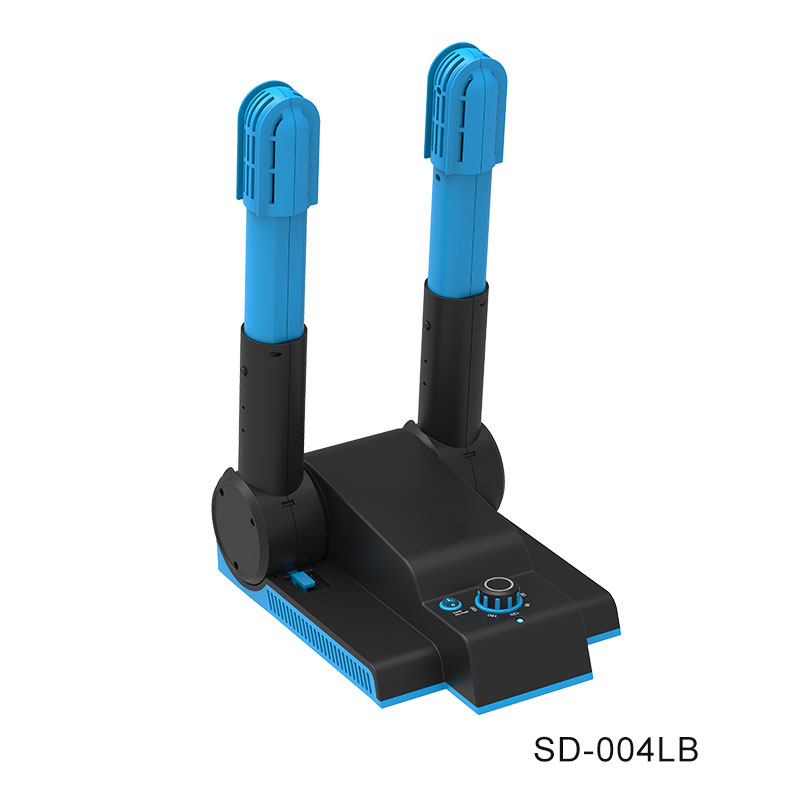What are the Differences between Forced Air Duct Boot Dryer and Other Drying Equipment?
2025-05-14
The operating mechanism of forced air duct boot dryer is based on the coupling effect of turbulent field and porous medium heat transfer. Its core feature lies in the directional guidance design of the airflow organization system. The spiral air duct formed by the guide plate inside the equipment can produce the Coanda effect, so that the hot air forms an attached jet along the surface of the boot.

Why can forced air duct boot dryer avoid local overheating of traditional dryers?
The key to forced air duct boot dryer avoiding local overheating of traditional dryers lies in the three-dimensional air volume distribution algorithm to adjust the Bernoulli equation parameters of each air outlet in real time to ensure that the temperature difference gradient between the inner and outer walls of the boot is always lower than the glass transition threshold of the material.
Compared with traditional radiation drying, the energy consumption difference of forced air duct boot dryer comes from the phase change latent heat recovery mechanism of the active dehumidification module. When operators are concerned about how to balance drying efficiency and energy consumption, the forced air duct boot dryer uses the evaporator and condenser to reversely cycle the water vapor in the exhaust air and then uses it to preheat the intake air, forming a closed-loop thermodynamic process. This structural design reduces the sensible heat loss rate during the drying process by about 40% compared with conventional equipment, and no additional dehumidification device is required.
How to extend the life of the forced air duct boot dryer filter?
The forced air duct boot dryer uses a composite filter material with a gradient pore size. The coarse layer captures fiber debris, and the electrostatic electret layer absorbs submicron particles. This graded filtration mode extends the maintenance cycle to 2.3 times that of conventional products. The dynamic pressure monitoring system can automatically identify the filter blockage status and prompt the cleaning threshold through the HMI interface to avoid the risk of motor overload caused by excessive pressure loss in traditional equipment.




